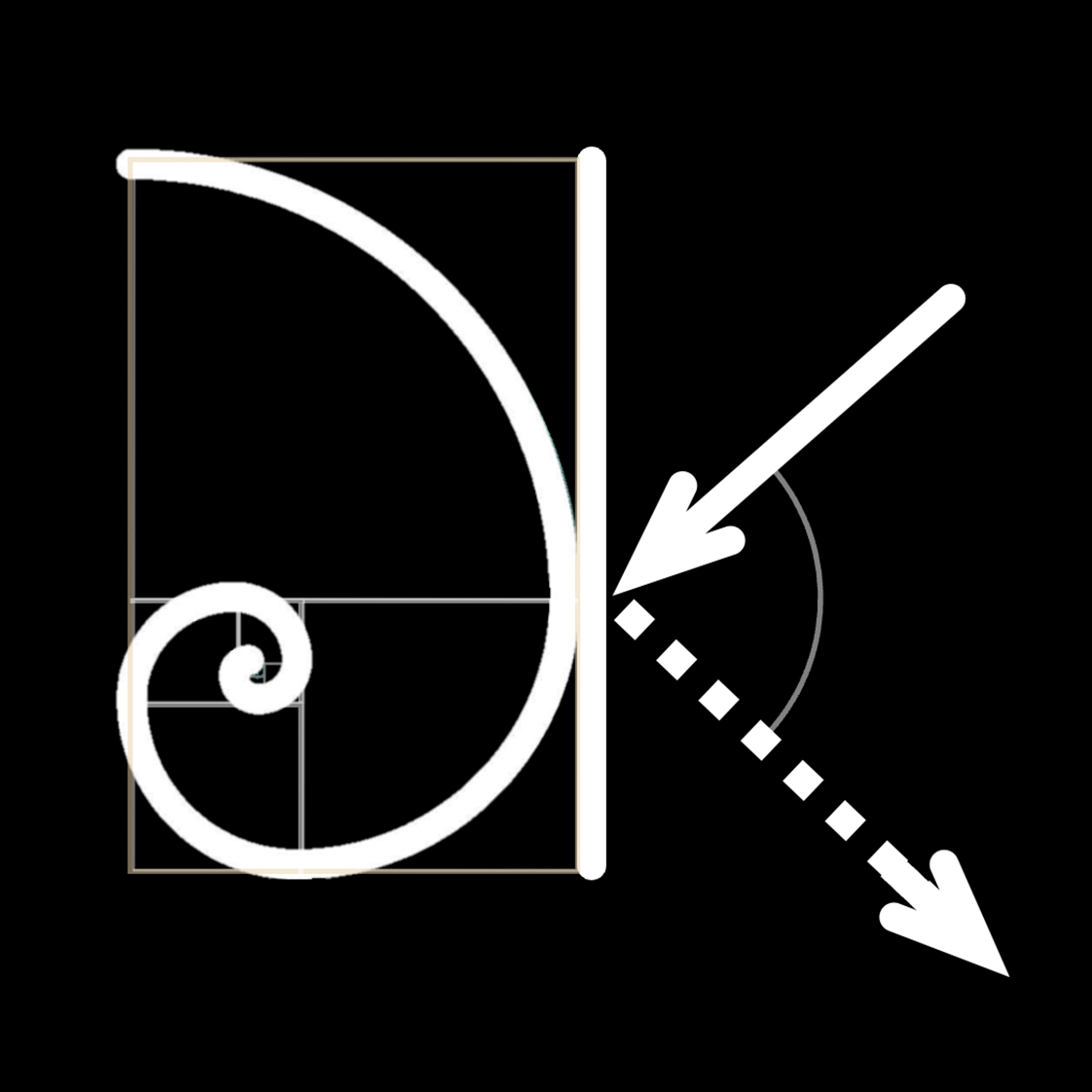Projects:
Canetti-menagerie:
This project began in 1997, with a handful of short solo pieces based upon characters in Earwitness: Fifty Characters (Der Ohrenzeuge: Fünfzig Charaktere), a collection of surreal character studies written in 1974 by the Bulgarian-born British-Austrian writer Elias Canetti (1905-1994). Canetti was a versatile writer whose body of work reflects his rich and varied interests in philosophy, psychology, sociology, and literary criticism, taking the form of novels, memoirs, essays, plays, and non-fiction writings. His most well-known work is perhaps Crowds and Power (Masse und Macht, 1960), an idiosyncratic yet penetrating study of group dynamics and power structures within various societal contexts. Canetti was the recipient of the Nobel Prize for Literature in 1981, “for writings marked by a broad outlook, a wealth of ideas, and artistic power.” The ironic paradigms of human behavior contained within Canetti’s Earwitness have occupied my interest for nearly three decades now, and have served as the catalyst for this collection of solo instrumental reinterpretations:

| No. | Title (German) | Title (English) | Instrument | Year | Dedicatee | Premiere |
|---|---|---|---|---|---|---|
| #1 | Der Leichenschleicher | The Corpse-skulker | contrabass | 1997 | Michael Hartt | Todd Markey |
| #2 | Die Tischtuchtolle | The Tablecloth-lunatic | violin | 1997/2000 | — | Nagina Stoyanova |
| #3 | Der Wasserhehler | The Water-harborer | ocarina | 1998/2000 | Helen Bledsoe | Helen Bledsoe |
| #4 | Der Leidverweser | The Woe-administrator | contrabassoon | 1999 | James Rodgers | Monica Fucci |
| #5 | Die Silbenreine | The Syllable-pure Woman | glass harmonica | 1999 | Thomas Bloch | Thomas Bloch * |
| #6 | Der Ohrenzeuge | The Earwitness | bass flute | 2001 | Helen Bledsoe | Helen Bledsoe |
| #7 | Die Müde | The Tired Woman | alto saxophone | 2004 | Eric Nestler | Eric Nestler |
| #8 | Die Königskünderin | The King-proclaimer | trumpet | 2006 | John Holt | John Holt |
| #9 | Die Sternklare | The Starry Woman | percussion (metallophones) | 2006 | Christopher Deane | Christopher Deane |
| #10 | Der Demutsahne | The Humility-forebear | guitar | 2008/2013 | Matthew Elgart | Joseph Mirandilla |
| #11 | Der Schönheitsmolch | The Beauty-newt | bass saxophone | 2000/2008 | Andreas van Zoelen | Andreas van Zoelen * |
| #12 | Der Hinterbringer | The Tattletale | piccolo | 2013 | Elizabeth McNutt | Elizabeth McNutt |
| #13 | Der Gottprotz | The God-swanker | organ | 1999/2014 | Jesse Eschbach | S. Andrew Lloyd |
| #14 | Der Tückenfänger | The Wile-catcher | basset horn | 2014 | Kimberly Cole Luevano | Kimberly Cole Luevano |
| #15 | Die Schadhafte | The Defective | violoncello | 2015 | Madeleine Shapiro | Madeleine Shapiro |
| #16 | Der Saus und Braus | The Fun-runner | piano | 2017 | Redi Llupa | Redi Llupa |
| #17 | Der Fehlredner | The Misspeaker | cimbalom | 2018 | Christopher Deane | Christopher Deane |
| #18 | Der Heroszupfer | The Hero-tugger | trombone | 2019 | Andrew Glendening | Andrew Glendening |
| #19 | Der Tränenwärmer | The Tear-warmer | viola | 2020 | Michael Capone | Michael Capone |
| #20 | Die Geruchschmale | The Narrow-smeller | harpsichord | 2022 | Elliot Figg | Elliot Figg |
| #21 | Der Maestroso | The Maestroso | carillon | 2022 | — | Joseph Min |
| #22 | Die Mannsprächtige | The Man-splendid Woman | harp | 2023 | Jaymee Haefner | — |
| #23 | Der Wortfrühe | The Early Worder | marimba and woodblocks | 2025 | Gregory Beyer | — |
| #24 | Der Mannstolle | The Man-Mad Man | percussion (membranophones) | [in progress] | Dave Hall | — |
* CD release premiere.
In 2015, after having completed about a dozen solo works in this collection, I began contemplating how these distinctive characters might interact with one another in a group setting. While considering a variety of structured and fixed ways that these musical materials might be reconstituted in a chamber setting, I determined that a more modular and open-form approach would yield the most interesting and unpredictable possibilities. The result was Canetti-menagerie, a semi-improvisational work for five to eight performers, based on this collection of solo character studies. In this context, the performers improvise in various duo, trio, and quintet combinations, developing musical fragments from their respective solo studies, which are used as raw material for a variety of musical conversations—not unlike the interaction of distinct personalities at a social gathering. A related work, Conversations, explores these relationships in a setting for two to four players.
Whereas the solo works in this collection considers the psychological aspects of the individual characters portrayed in Canetti’s Earwitness, Canetti-menagerie is a sociological exploration of these characters’ interactions with one another, in the spirit of Crowds and Power. Together, these writings—and the works they inspired—explore the foibles of human nature individually, as well as the dynamics of human behavior collectively.
Since its initial conception as a freestanding work, Canetti-menagerie has developed into an evening-long program accompanied by several of the solo works, with readings from Canetti’s Earwitness and Crowds and Power as well as projected images of these characters created by artists Jessica Leza and Michael Kvium. The modularity of this project allows a great deal of flexibility in instrumentation and, from a practical standpoint, requires minimal production time.
An in-depth discussion of the Canetti-menagerie project is the subject of a December 2024 interview with Michael Cooke as part his YouTube series Music from Humans.

















